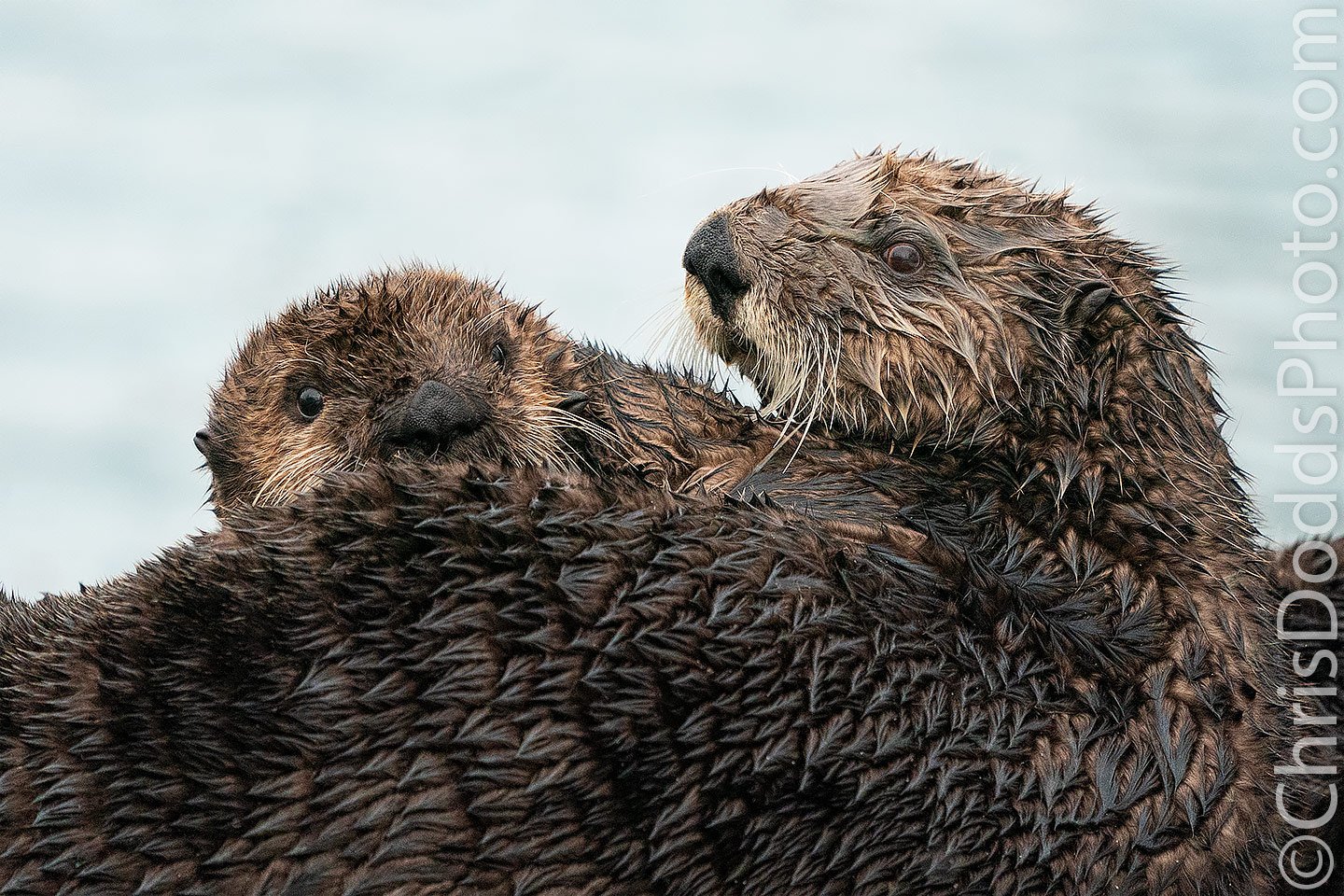Another image from my Deluxe Atlantic Puffins and so much more Workshop. Nature is not always cute and cuddly like this baby Common Eider was before being snatched away from its mother and aunts, who all tried to protect it from the Great Black-Backed Gull.
Unlike most other Larus gulls, Great Black-backed Gulls are highly predatory and frequently hunt and kill any prey smaller than themselves, behaving more like a raptor than a typical larid gull. Lacking the razor-sharp talons and curved, tearing beak of a raptor, the great black-backed gull relies on aggression, physical strength and endurance when hunting. When attacking other animals, they usually attack seabird eggs, nestlings or fledglings at the nest, perhaps most numerously terns, but also including smaller gull species as well as eiders, gannets and various alcids. In Newfoundland and Nova Scotia, 10% of the stomach contents of great black-backed gulls was made up of birds, while a further 17% of stomach contents was made up of tern eggs alone. Adult or fledged juveniles of various bird species have also been predaceously attacked. Some fully-fledged or adult birds observed to be hunted in flight or on the ground by great black-backed gulls have included Anas ducks, ruddy ducks (Oxyura jamaicensis), buffleheads (Bucephala albeola), Manx shearwaters (Puffinus puffinus), pied-billed grebes (Podilymbus podiceps), common moorhens (Gallinula chloropus), terns, Atlantic puffins (Fratercula arctica), Dovekie (Alle alle), coots (Fulica ssp.), glossy ibises (Plegadis falcinellus), rock pigeons (Columba livia) and even predatory birds such as hen harriers (Circus cyaneus). When attacking other flying birds, the great black-backed gulls often pursue them on the wing and attack them by jabbing with their bill, hoping to bring down the other bird either by creating an open wound or simply via exhaustion. They may kill healthy adult birds weighing up to at least 750 g (1.65 lb) but take exclusively the small young of larger birds such as common eider (Somateria mollissima) and cormorants. They will also catch flying passerines, which they typically target while the small birds are exhausted from migration and swallow them immediately. Great black-backed gull also feed on land animals, including rats (Rattus ssp.) at garbage dumps, rabbits (Oryctolagus cuniculus) and even sickly lambs (Ovis aries). - Wikipedia.


